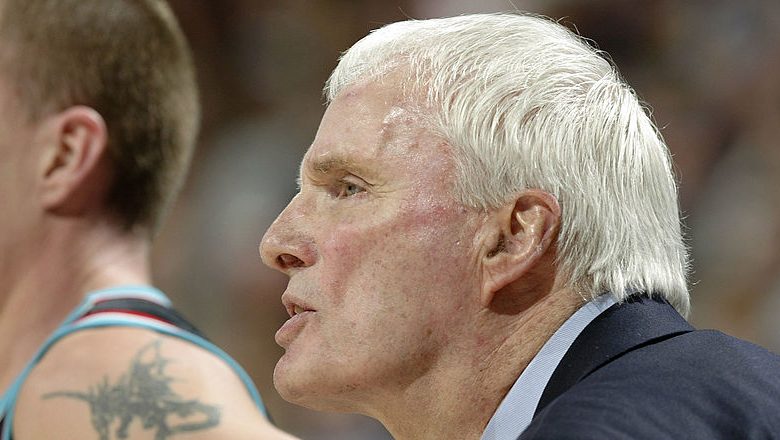Now that the Triple Crown has been wrapped up with three different winners, it is time the thoroughbred racing industry took a hard, realistic look at itself with an eye toward the future and not its historical traditions.
To begin with, the dates of the Preakness and Belmont Stakes need to be changed.
The Kentucky Derby can stick with the first Saturday in May, but the other two legs of the Triple Crown need to be more than two weeks and three weeks recovery time for 3-year-olds who are still developing and growing.
Horsemen asked tracks in Arkansas, Florida, New York, California and Louisiana to back up their final prep race for the Kentucky Derby.
The Arkansas, Florida and Santa Anita Derbies, as well as the Wood Memorial, used to go to post two weeks before the run for the roses.
Those then dropped back a week and now they are usually run at least four weeks before the Kentucky Derby.
A big part of the need for more rest is the industry is breeding for speed and not endurance. It is a critical part of the game but not the only part.
There has also been a lot of inbreeding and some drug use and it is believed by many that is why more horses are breaking down.
In more than 100 years of the Triple Crown only 13 horses have been able to win all three legs. American Pharoah broke a 37-year-drought of no horse winning all three in 2015 and Justify did it in 2018, obviously those were rare horses.
Last Saturday, only one of the 10 horses in the Belmont had run in the first two legs.
Mystik Dan won the Kentucky Derby and finished second in the Preakness.
Seize the Grey ran on Derby day when he won the Pat Day Mile, which was a quarter of a mile shorter than the Derby.
He followed that up with a win in the Preakness.
They finished seventh and eighth last Saturday while Dornoch was the easy winner after skipping the Preakness. Second place finisher Mindframe had been off more than a month.
The wildly talented but hard to control Sierra Leone skipped the Preakness and took third. Honor Marie, who has Arkansas owners, was fourth and he too took a break after the Kentucky Derby.
It just makes sense to run the second leg of the Triple Crown four weeks later and the Belmont too.
It increases the chances of Triple Crown champions and those are good for racing world.
Another thing that is a bit troublesome for these young colts might be the distances they are being asked to run when they are bred for speed.
A 1 1/4-mile race is a lot for a horse that won’t mature for a full year, and the usual 1 1/2-mile Belmont is especially too much. It was 1 1/4 last Saturday because of Saratoga’s layout.
Over the course of time 52 horses have won the Kentucky Derby and Preakness but lost the Belmont.
Thoroughbred racing is a very inexact sport to begin with. They are 1,200 pound beasts with tiny ankles.
Going into this racing season Fierceness was as feared a horse as memory can recall. He won the Breeder’s Cup 2-year-old race and the Florida Derby. Unbeatable was a word used a lot in describing him.
He finished 15th in the Kentucky Derby. Trainer Todd Pletcher decided not to run him in the Belmont and appears to be looking at the Travers Stakes in August as a tune-up for the Breeder’s Cup.
The Breeder’s Cup and the Triple Crown are the five biggest days in thoroughbred racing and unfortunately the fields for the Preakness and Belmont are getting smaller.
It is common for non-winners of the Kentucky Derby to skip Baltimore and start singing “New York, New York.”
Horse racing needs some tweaking.











